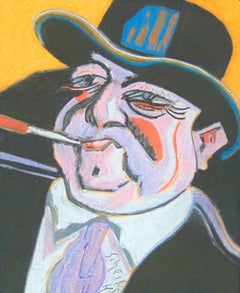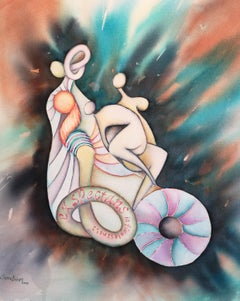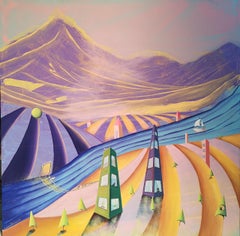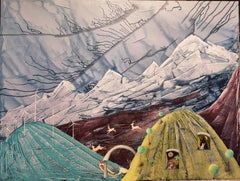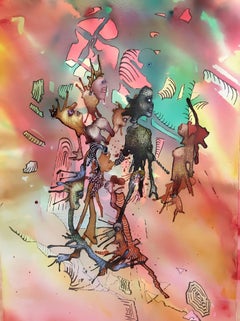Futurist Art
1940s Futurist Art
Pastel
2010s Futurist Art
Paper, Watercolor
2010s Futurist Art
Canvas, Oil
2010s Futurist Art
Canvas, Oil
1970s Futurist Art
Lithograph
2010s Futurist Art
Paper, Acrylic
2010s Futurist Art
Canvas, Oil, Acrylic
1930s Futurist Art
Linocut
2010s Futurist Art
Monotype, Paper
1940s Futurist Art
Canvas, Oil
21st Century and Contemporary Futurist Art
Canvas
1950s Futurist Art
Lithograph
2010s Futurist Art
Lithograph, Offset
2010s Futurist Art
Acrylic, Oil
1930s Futurist Art
Pencil
2010s Futurist Art
Archival Ink, Photographic Film, Photographic Paper, C Print, Archival P...
1950s Futurist Art
Lithograph
20th Century Futurist Art
Mixed Media, Oil
1920s Futurist Art
Etching
Mid-20th Century Futurist Art
Paper, Charcoal
1970s Futurist Art
Lithograph
Early 20th Century Futurist Art
Pencil, Paper
21st Century and Contemporary Futurist Art
Oil Pastel, Laid Paper
1940s Futurist Art
Paper, Pastel
1950s Futurist Art
Lithograph
1950s Futurist Art
Paper, Tempera
1910s Futurist Art
Drypoint, Etching
1910s Futurist Art
Drypoint, Etching
1960s Futurist Art
Etching
1950s Futurist Art
Color Pencil, Lithograph
1910s Futurist Art
Drypoint, Etching
1910s Futurist Art
Drypoint, Etching
1910s Futurist Art
Drypoint, Etching
2010s Futurist Art
Paper, Watercolor
2010s Futurist Art
Paper, Watercolor
1960s Futurist Art
Lithograph
1910s Futurist Art
Paper
1910s Futurist Art
Drypoint, Etching
1910s Futurist Art
Drypoint, Etching
1910s Futurist Art
Drypoint, Etching
2010s Futurist Art
Canvas, Oil, Acrylic
20th Century Futurist Art
Wool, Felt, Thread
1970s Futurist Art
Lithograph
1940s Futurist Art
Paper
1930s Futurist Art
Paper, Ink
1960s Futurist Art
Lithograph
1960s Futurist Art
Lithograph
1910s Futurist Art
Lithograph
1910s Futurist Art
Etching
1910s Futurist Art
Etching
1910s Futurist Art
Lithograph
1910s Futurist Art
Lithograph
1910s Futurist Art
Drypoint, Etching
1910s Futurist Art
Drypoint, Etching
1910s Futurist Art
Drypoint, Etching
1910s Futurist Art
Drypoint, Etching
1910s Futurist Art
Drypoint, Etching
1910s Futurist Art
Drypoint, Etching
1970s Futurist Art
Lithograph
1970s Futurist Art
Lithograph
